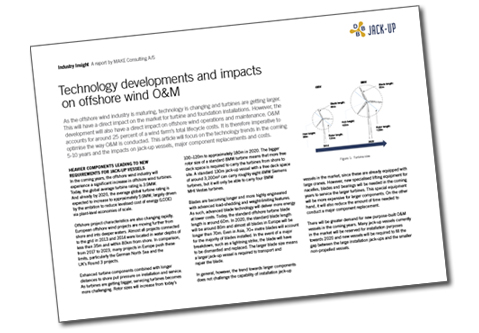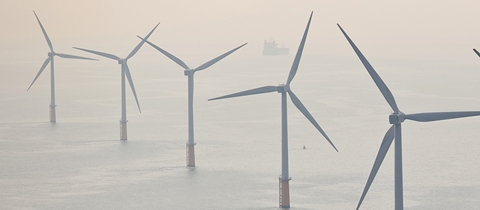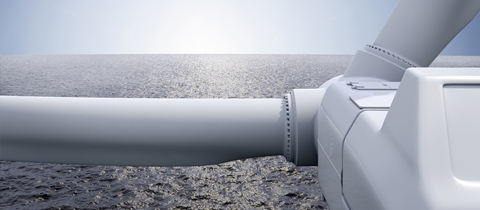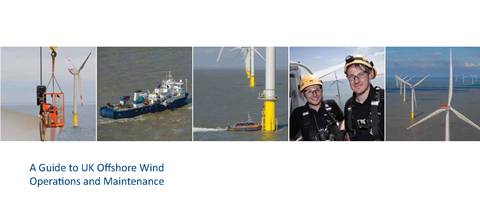
The Carbon Trust helps businesses, governments and the public sector with efforts to move to a sustainable, low carbon economy through carbon reduction, energy-saving strategies and commercialising low carbon technologies. The Offshore Wind Accelerator (OWA) is Carbon Trust’s flagship collaborative R&D programme. It is a joint industry project, involving nine offshore wind developers which aims to reduce the cost of offshore wind through innovation. O&M activities are relevant to several of the OWA’s research areas, including cable installation, access systems and foundations.
 I recently spoke to Megan Smith, Associate in Innovation at the Carbon Trust, to ask her what she sees as the main challenges facing offshore wind operations and maintenance. Megan joined the Carbon Trust’s Offshore Wind Accelerator (OWA) in 2013. She manages research projects in a range of areas including optimisation of electrical systems, O&M strategy, and floating LiDAR validation and demonstration.
I recently spoke to Megan Smith, Associate in Innovation at the Carbon Trust, to ask her what she sees as the main challenges facing offshore wind operations and maintenance. Megan joined the Carbon Trust’s Offshore Wind Accelerator (OWA) in 2013. She manages research projects in a range of areas including optimisation of electrical systems, O&M strategy, and floating LiDAR validation and demonstration.
Here’s what we discussed: Continue reading →







